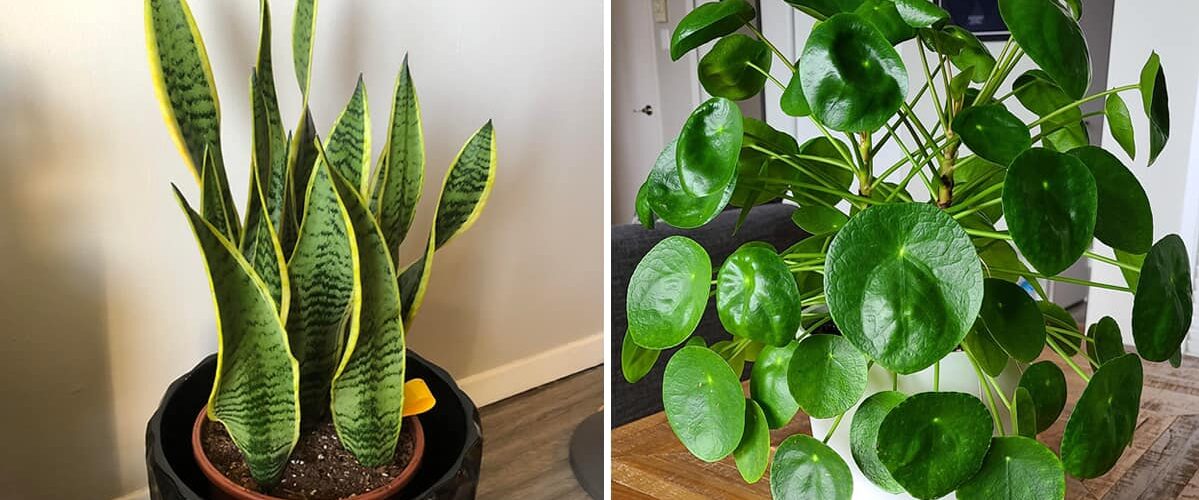The air in our homes and offices is getting worse and worse. From paints to cleaning products to chemical compounds released by furniture and appliances, the air we breathe indoors isn’t as pure as many of us think.
The ability of most plants to produce oxygen is well known, but few know that some of them are even able to purify the air at home and block volatile chemical substances and toxins that are ultimately inhaled and our health damage.
Plants are not only a decorative element, but also very useful and important for our health. NASA has compiled a list of the most effective houseplants for air purification at home .
1. Areca
It is one of the best plants for purifying the air in your home. Its main feature is its ability to purify the air by eliminating formaldehyde, xylene and toluene.
Water the areola regularly and expose it to light but not direct sunlight. Living rooms are undoubtedly the best places for this plant.
The air in our homes and offices is getting worse and worse. From paints to cleaning products to chemical compounds released by furniture and appliances, the air we breathe indoors isn’t as pure as many of us think.
The ability of most plants to produce oxygen is well known, but few know that some of them are even able to purify the air at home and block volatile chemical substances and toxins that are ultimately inhaled and our health damage.
Plants are not only a decorative element, but also very useful and important for our health. NASA has compiled a list of the most effective houseplants for air purification at home .
1. Areca
It is one of the best plants for purifying the air in your home. Its main feature is its ability to purify the air by eliminating formaldehyde, xylene and toluene.
Water the areola regularly and expose it to light but not direct sunlight. Living rooms are undoubtedly the best places for this plant.
2. Aloe Vera
It is able to purify the air and remove toxins such as formaldehyde and benzene found in paints and floor cleaning products.
Place the aloe vera plant in a sunny corner and water it infrequently.
3. Pothos
One of the most famous and widely used plants for air purification in the home. One of its advantages is that it does not require much maintenance as it rarely needs watering. This is exactly why Pothos is very common in homes and offices.
Pothos is capable of absorbing pollutants such as formaldehyde, xylene, and benzene.
4. Sansevieria
This plant produces oxygen at night and purifies the air in your home by removing benzene, formaldehyde, trichloroethylene, xylene and toluene.
Sansevieria is one of the most resilient plants in the world, it requires little water and adapts well to rooms with little light.
5. Swedish ivy
It is often used indoors and can eliminate contaminating substances such as benzene, formaldehyde and toluene. However, since it is a poisonous plant to children, dogs and cats, it is important to keep it out of their reach.
Place the plant in a bright corner but out of direct sunlight. Water once a week.
6. Gerbera
It produces a lot of oxygen at night and eliminates pollutants such as benzene and trichlorethylene. It is a useful plant for people suffering from apnea and respiratory diseases.
The gerbera can be placed in the bedroom, but requires direct light in summer, spring and autumn and indirect light in winter.
7. Phalanx
The phalanx is very well known and widely used and can eliminate toxins and harmful compounds from the air. The plant is not poisonous to pets.
You can place the phalanx anywhere and propagation is also very easy.
8. Benjamin’s fig tree
It can absorb and reduce formaldehyde, xylene and toluene. However, it is a sensitive plant that does not like changes.
Place your Ficus Benjamin in a well-lit area, but not exposed to sunlight or drafts.
9. Chrysantheme
Chrysanthemums help filter a large amount of toxins, including ammonia and benzene, two compounds found in plastics, cleaning products and adhesives.
The chrysanthemum likes sunlight and should be watered whenever the soil feels dry.

